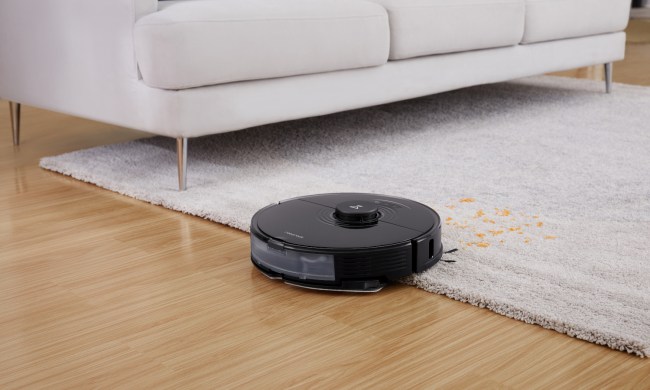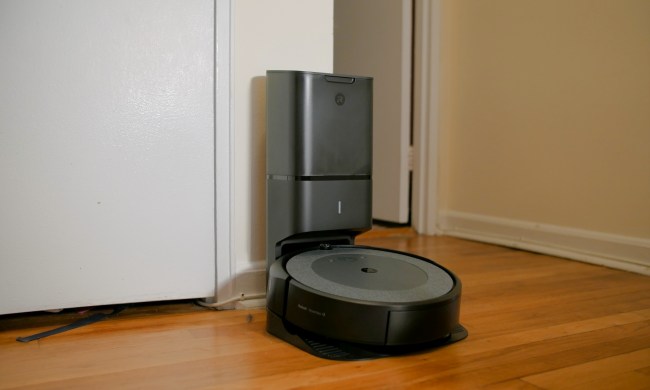It’s 2020, so it’s about time robots started becoming more useful additions to our home. It looks like one particular robot is going to fulfill some of our futuristic fantasies. Trifo, a home robotics company, unveiled its latest robot on Thursday, January 2. Its name is Lucy and its basically a super-smart robot vacuum and a security system. Lucy will be strutting its stuff at CES 2020, though there’s no word as of yet of when the robot will be available for purchase.

“Revenue for smart home products globally will grow to $28.4 billion in 2020, up 54% from $18.5 billion in 2018, and the feature set of these devices continues to improve,” Trifo founder and CEO Zhe Zhang said in a statement. “Lucy reflects the evolution of our products from robot vacuums to AIoT-enabled home robots that can assist with a wide range of features that help people with their life and work.”
Lucy comes with two cameras that provide day and night surveillance. The day camera provides 1080P HDR video quality that compares with dedicated security cameras. The cleaning/security robot can also recognize and divide rooms automatically with advanced artificial intelligence capabilities. “In one example, if she sees a bed in a room, she will understand and label it a bedroom,” Trifo said in a press release. “Her family can designate cleaning areas through the Trifo Home App. Lucy is also Alexa-enabled and follows instructions to clean or not clean zones with ‘no-go’ lines.”
Maybe one of the most exciting features Lucy has to offer is how the robot can determine what an object is and avoid it without bumping into it first using proprietary 3D geometry and 3D semantics algorithms. If you’ve ever had a robot vacuum swirl a clump of pet poop all over the carpet, you know how useful this feature can be. This also means you won’t need to wrestle a wayward sock out of the vacuum.
Sometimes advanced smart home devices like these load up on features, but forget the basics. Surveillance and advanced A.I. are great, but is it going to suck up all the crud on your floor or die after 30 minutes? It looks like Trifo covered all the bases. Lucy has 3,000 Pa suction that will take care of even dirtier floors and a 5,200 mAh battery will keep her powered up to 120 minutes.



